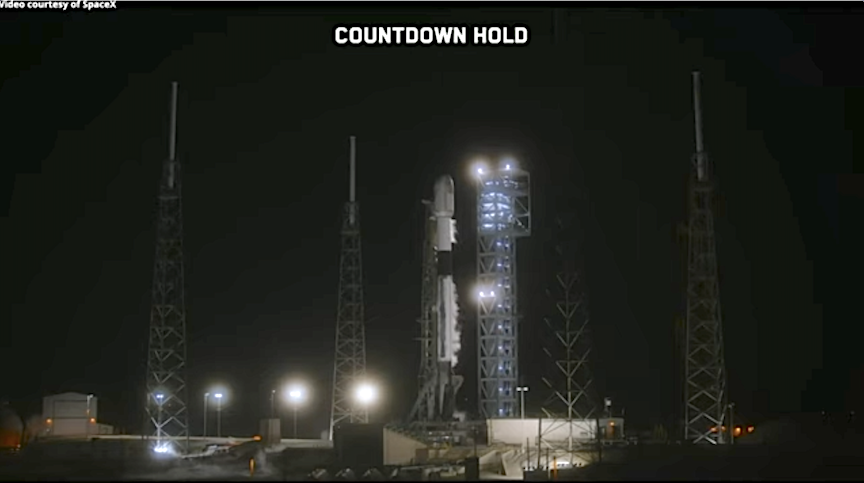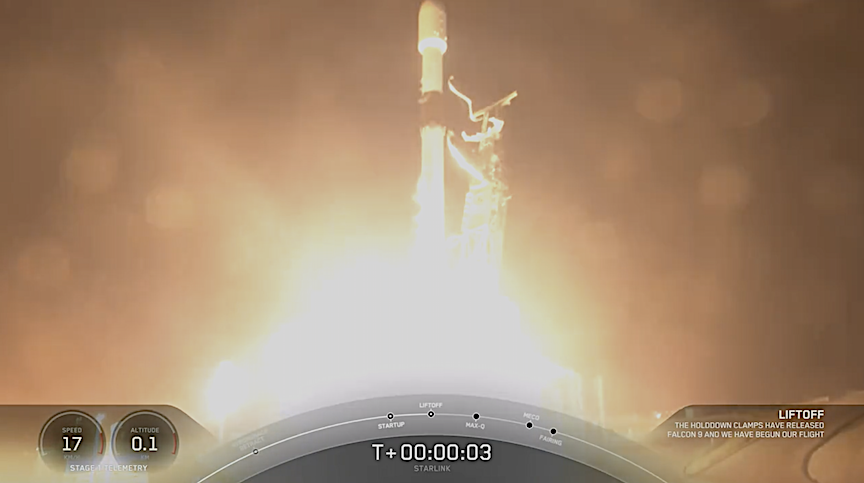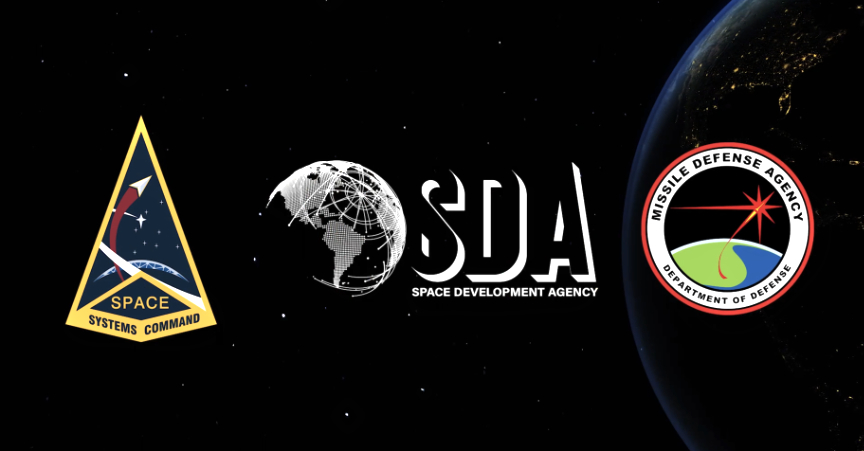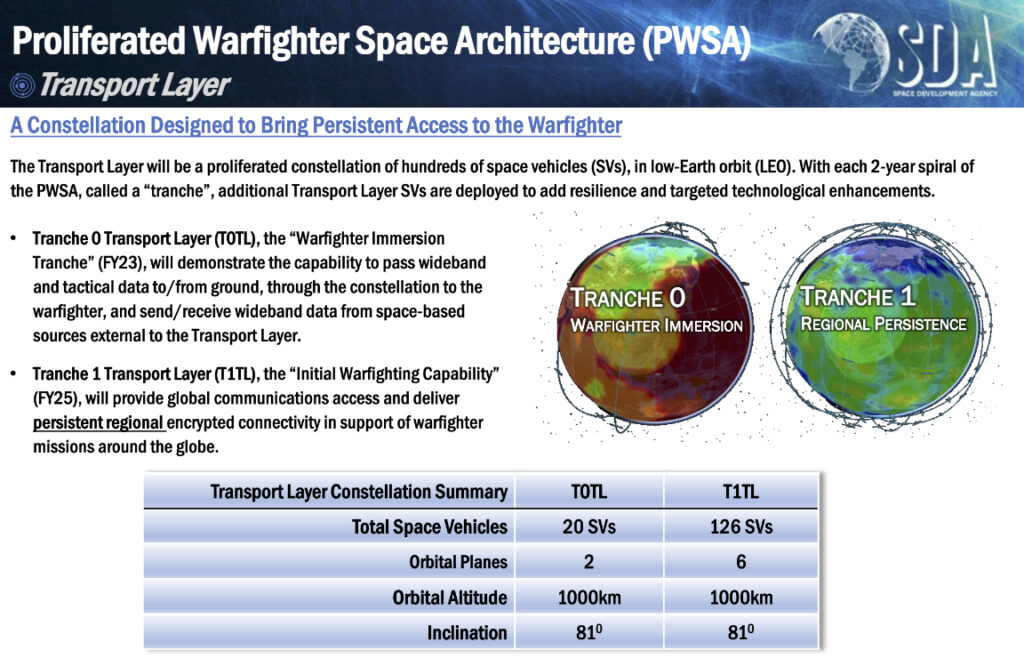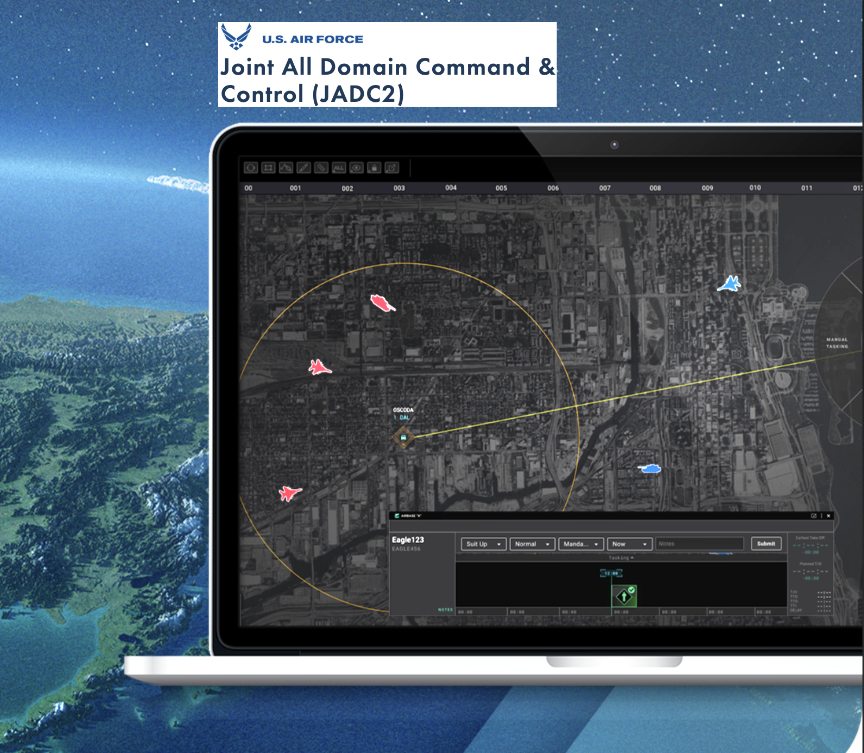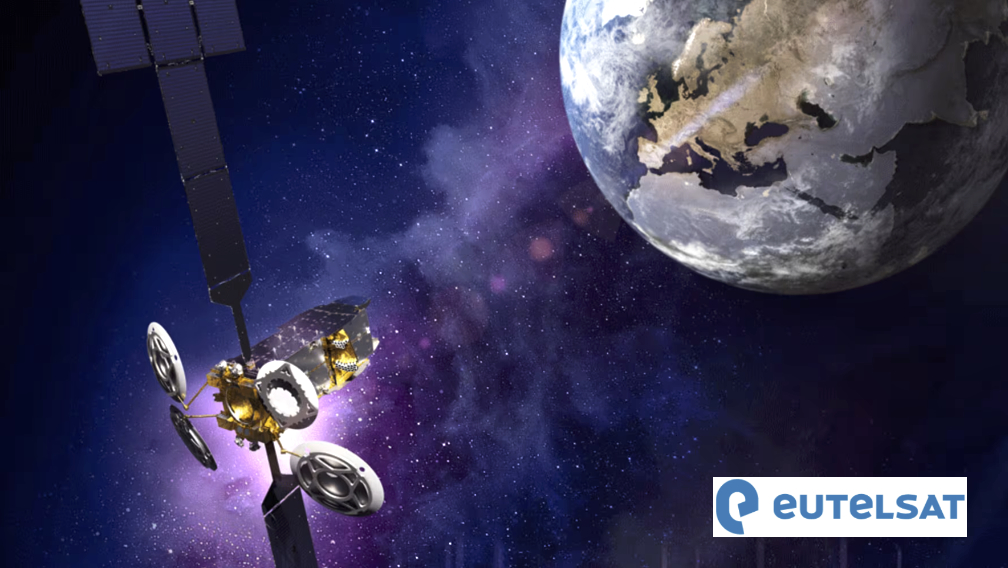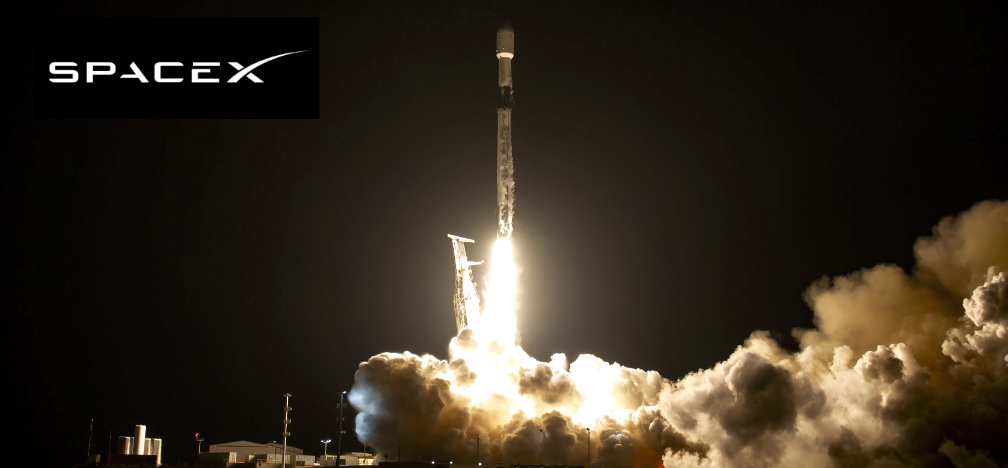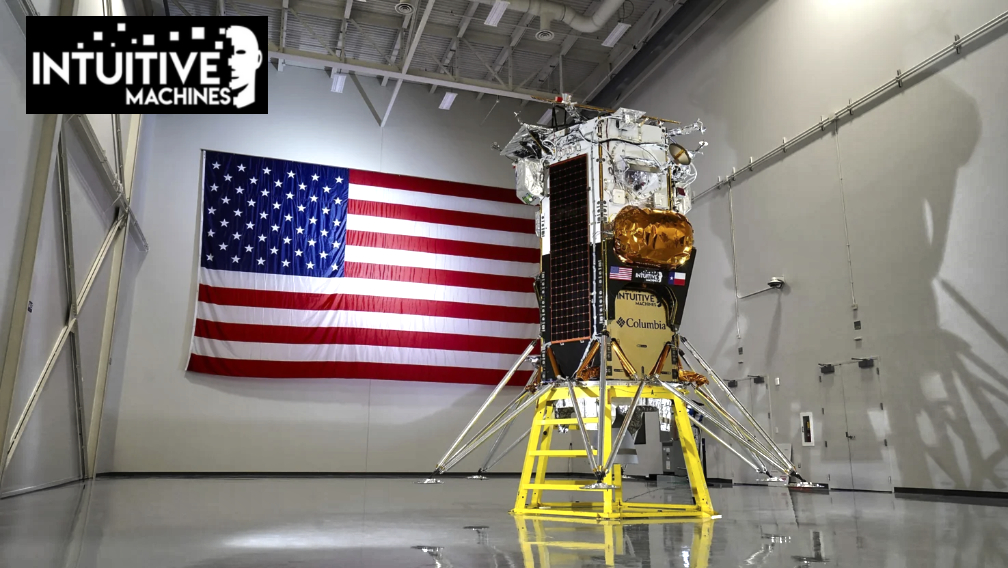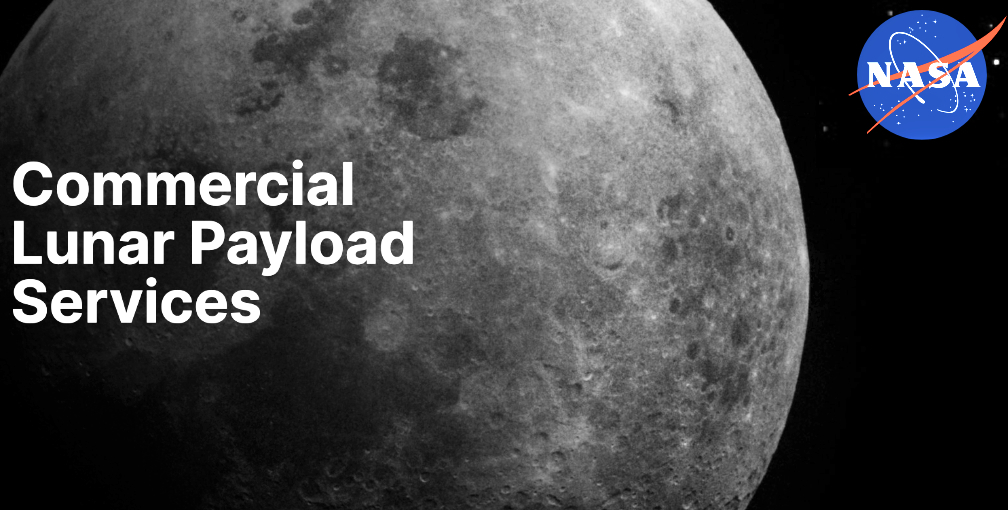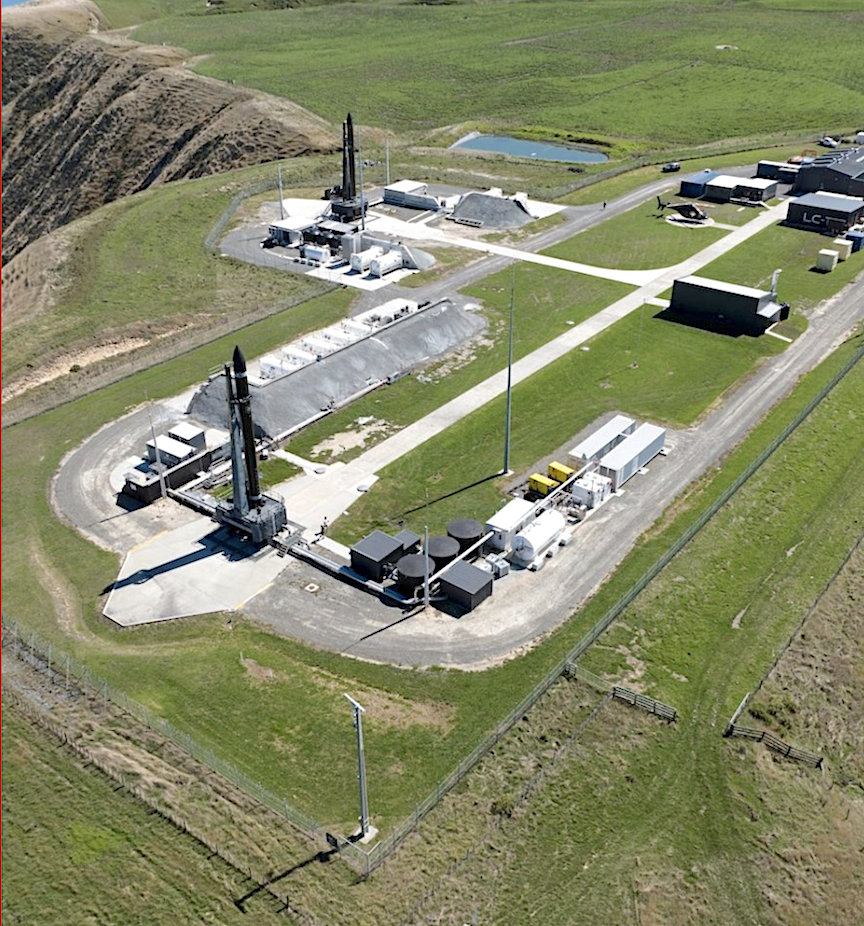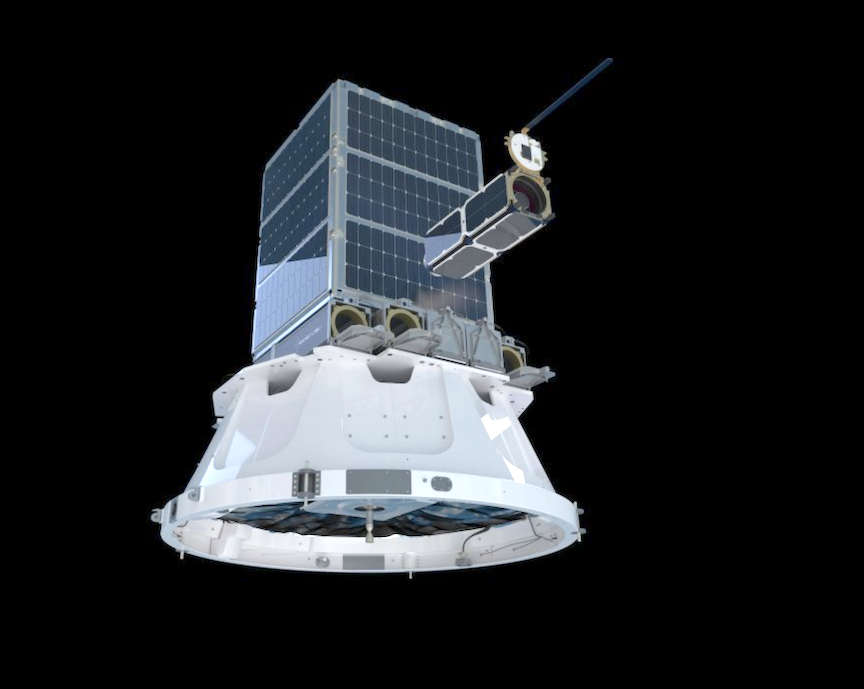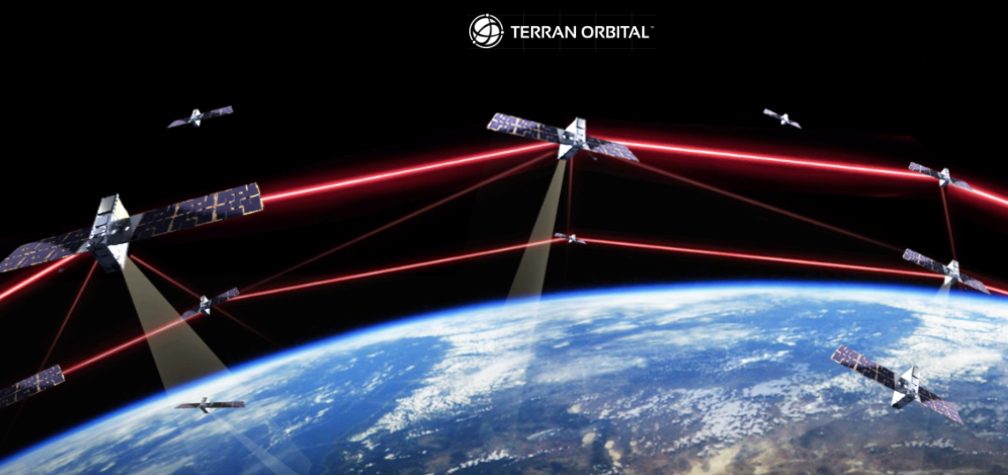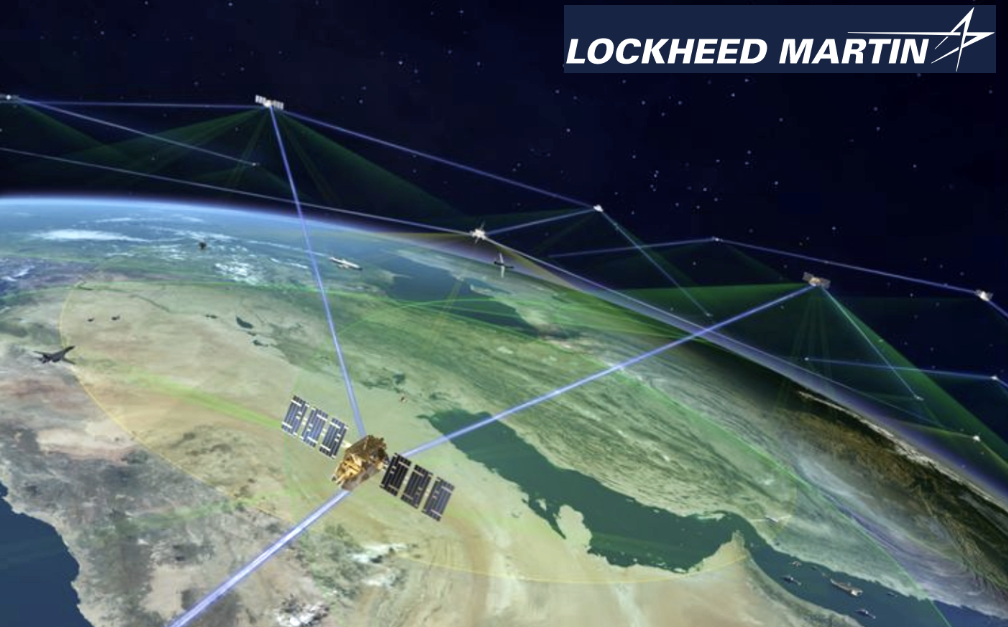Iridium Communications Inc. (NASDAQ: IRDM) is celebrating the 25th anniversary of the firm’s truly global services that are provided by the Iridium® network, with events held in Arizona and Virginia — the festivities brought together Iridium employees, the original founders and early investors, partners, distinguished guests and the global community that has been pivotal to Iridium’s journey. The 25thanniversary represents a significant milestone for Iridium, showcasing its legacy of innovation and the integral role it has played in transforming satellite connectivity.
Iridium was founded with the vision of revolutionizing and making personal communications globally accessible. Over the past 25 years, Iridium has expanded this vision, evolving into a company that has kept assets and people safe, connected, and informed, no matter where they are on Earth.
Since its rocky beginnings, the network has not only survived but thrived. With initial commercial service launching on November 1, 1998, it took the bankruptcy of the original company, a new business plan and relaunch to reach 1 million subscribers in 2018.
However, less than five years later, the company surpassed 2 million subscribers and has a five-year subscriber compound annual growth rate (CAGR) of more than 15.5%. As the company completed it’s $3 billion dollar, next-generation replacement constellation in 2019, its investors have been rewarded as capital was returned with a share buyback program totaling $1 billion authorized through 2025 and a quarterly dividend that started in 2023.
Staying true to its business model, Iridium goes to market through an ecosystem of approximately 500 partner companies around the world that create and sell Iridium and Iridium Connected® products and service. Iridium helped make global IoT accessible and cost-effective, enabling various industries to expand their reach and capabilities and has positively impacted industries such as maritime, aviation, public safety, scientific research, autonomous systems, transportation, and personal communications.
Many of these sectors have evolved from sporadic use of satellite communication to making it an essential part of their daily operations. The company has proudly served the U.S. government since its beginning and continues to expand its services and support to provide robust and reliable global connectivity to service members and many other departments and agencies that is second to none.
Iridium has inspired and served as an example for countless new entrants into the satellite industry, driving investments and innovations into other networks in LEO. Twenty-five years ago, the concept of satellite communications was often associated with large, costly dishes that couldn’t scale down to accommodate smaller, remote, and highly mobile assets. Even today, while other satellite networks are focusing on higher bandwidth and faster speeds that require larger terminals, Iridium has stayed in its lane, focusing on providing critical connectivity to the smallest devices and applications that can even fit in the hand or pocket. The Iridium network’s unique location in LEO provides highly reliable, weather-resilient L-band connectivity everywhere on the planet, making it essential when other satellite and cellular networks don’t work
“Since Iridium was founded, the world’s expectations for connectivity have grown enormously. The need for satellite communication continues to grow and is going to become part of our everyday experience, making our planet even smaller. As we look forward, Iridium remains committed to innovation, global connectivity, and supporting the ever-growing communication expectations of our world,. We are excited to celebrate and reflect on the past 25 years while looking toward the future and leading new innovations in satellite communications. While our technology is still groundbreaking, it’s been the people in and around Iridium that have made the company the success that it is today.” — Matt Desch, CEO, Iridium









